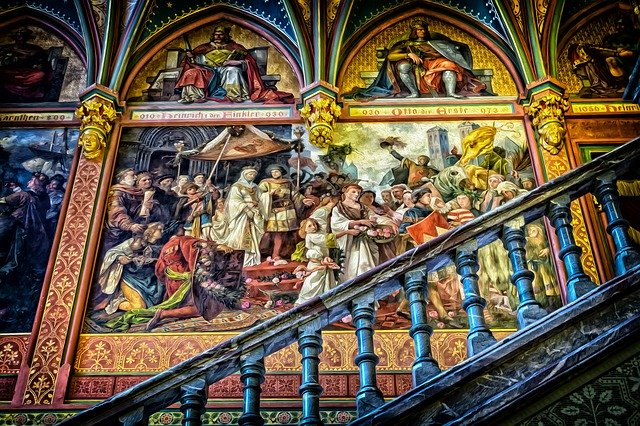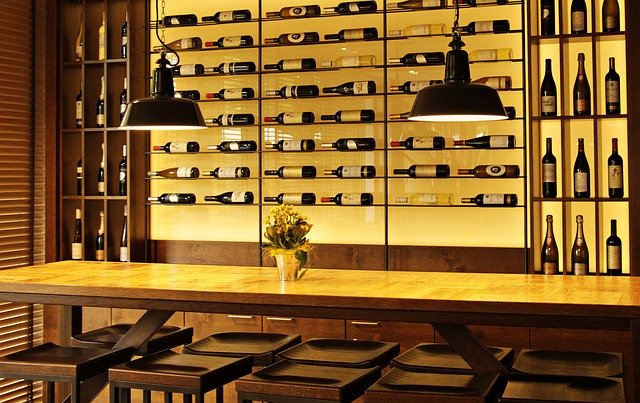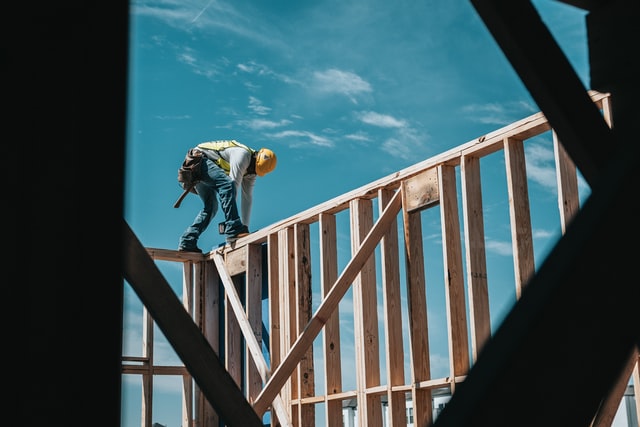This extract has been taken from “Love the House You’re In Paige Riew”. Gallery walls has become quite popular nowadays, its information can be well discussed & explained by the experts at Painters Washington DC.
Gallery walls of family photos, dutifully printed in black and white and framed accordingly, have become very popular. This is a great device. I love groups of things. But gallery walls don’t always work. There are only two rules. One, hang only what you love. Hanging art or photographs that speak to you, make you smile, or warm your heart-nothing else. The subject can be someone you smile, or warm your heart-nothing else. The subject van be someone you love or someone you don’t even know, in the case of art photography, but you have to have some sort of positive emotional response to what you hang on your walls. They are there to work, not just look pretty.

Two, follow the five-foot rule. This relates to how far away you are most often when experiencing the photos or framed art. Smaller pieces with lots of intricate detail, including small faces about an inch tall in the photograph, are best experienced while standing about five feet away or less. Perhaps they would work for an entry wall in a tight foyer, a hallway, or an intimate spot in the bedroom. Small pieces and small faces don’t work for walls that you see within a large room from more than five feet away. Those walls call for bigger compositions and bigger faces.
Gallery walls are great, but choose your locations carefully is worked on an apartment in New York where we installed a twelve foot tall gallery wall with hundreds of framed photos, some no bigger than for by six inches, in a very narrow foyer with high ceilings. It worked because people walked right by the wall and could see everything-all the detail, all the fun faces-right in front of them. Although a larger piece of art could have worked there due to the sheer square footage the wall offered, it was too tight of a space to fully experience something large. Last, gallery walls work when something ties each framed piece together-all the same size frame, same color frame, same subject, or when the whole collection of framed pieces are altogether different. The two opposite approaches are equally great: order and similarity or mish-mashed miscellany.
Using the Whole Wall and the “White” Space
I use the full expanse of my walls, and because I’m six feet tall, I’m partial to the top half. I hang high shelves 12 inches from the ceiling as both an aesthetic choice and a device for keeping stuff out of my children’s reach. I also like using the whole wall for framed art and pictures, whether I’m working with “high ceilings” or not. The key is to manage the white space, or whatever space surrounds the framed art and pictures. “White space” is a graphic design term that refers to the space outside of text or graphics in color-the space behind the central features in a design. When you are composing a wall, choose order or randomness when it comes to spacing and arranging things. Making them tight and orderly is nice because it leaves a lot of blank wall space outside the tight and orderly frames. If you spread them out, you get wall space in between. You can map it all out on the floor or wing it by hanging one, then hanging another close to it and putting the arrangement together like a puzzle, until the wall is mostly covered. Don’t be afraid to use the full height of your space.
Functional elements
Don’t forget that walls can be workhorses, just like furniture. Coat hooks, wine bottle racks, picture ledges, shelving and plate hangers all serve to make the walls work, either as three-dimensional art storage, or a way to keep stuff off of other surfaces. Don’t be afraid to go big here-a full wall of shelving, from floor to ceiling, is striking, a row or cluster of hooks in an interesting shape (heart, star peace sign) is nice to look at whether they are in use or not.

Texture
Just as you can add color to any wall, you can apply texture in many ways. You may want to use clay, stucco, or a stone veneer you can also use reclaimed wood with a product like stinkwood you can also use bead- board, wainscoting, tile, pressed tin, or latticework. Think about qualities or adjectives you’re trying to bring into the space.
Pattern
Stencils are a fabulous technique for expressing pattern in an inexpensive and unique way. They can give you what wallpaper provides at a fraction of the cost. And you can do an allover pattern or just center one interesting design on the wall. Think about the kinds of patterns that would connect to your story-Art Deco? woodland? brocade? geometric? toile? If you can think or it someone can make a stencil out of it, if they haven’t already. Check Etsy.com for great stencil makers and tutorials.
Traditional wallpaper or self-stick wallpaper are great options too, but they will be pricier. If you find a paper you love, consider covering just one wall, such as the one your bed rests against, to make an exaggerated headboard. Or the wall that faces your front door as an entry hello. Or the wall behind your couch. Stripes are delightful in any direction and any width. They even come in a self-stick option: see wallsneedlove.com.
Continue reading on Insulation



